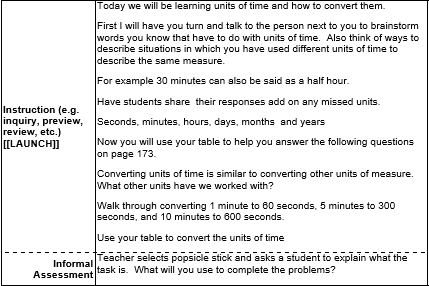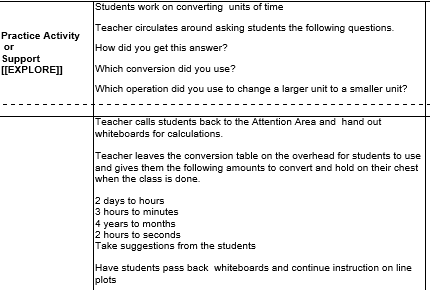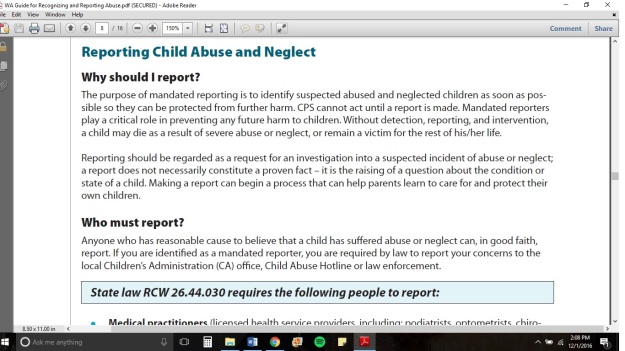1 Expectations: The teacher communicates high expectations for student learning. Establishing high expectations for student learning means creating a structured environment and limiting distractions and interruptions. This is a key element of successful classroom management and allows teachers to make the most out of their time with their students. Students will stay on task when expectations are understood and can spend more time on learning instead of needing to be redirected.
I decided I needed to clearly communicate expectations during my lesson Measurement of Time. The lesson included multiple activities and transitions so I wanted to make sure they went as smooth as possible to maximize their learning. I demonstrated emerging competence on Standard 1 by going over what I wanted students to do before letting them transition to the next task. For example, before the students went from teacher instruction on the carpet to independent work at their tables, I told students I expected them to be silently working through their workbooks. If they had a question or wanted to share ideas with a peer, that would be okay but only if it was math related. I noticed in a previous lesson that students were having off topic conversations at the table so wanted to make sure they understood my expectations during math time.
I learned through this experience that setting expectations improves performance from students. They worked well during their independent work with few interruptions. During another activity using white boards, I instructed students to only use the white boards for math, not decorations or drawing. Although these expectations were set up, not all students followed them and I missed some opportunities for addressing these concerns. Next steps to increase effectiveness with expectations would be to follow up with certain behaviors and hold students accountable. This is another key aspect of creating a structured environment where students should be reminded if they are not following directions. I will continue to communicate high expectations for student learning before beginning a new task and follow up with students who need it.



